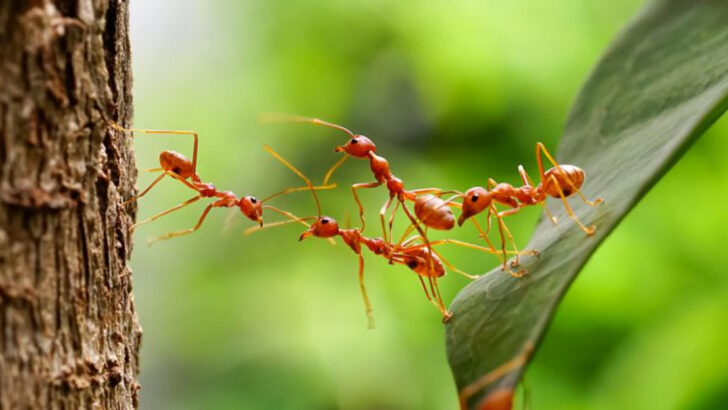Ants don’t just work together—they can’t function without each other.
Take one out of the colony, and it’s lost. Confused. Practically useless. Sound familiar?
From food sharing to emotional panic when separated, ants live lives so interconnected, it borders on obsession. They’re tiny six-legged models of codependency, and they make it look normal.
But this isn’t just bug behavior—it’s a mirror. Watching ants is like peeking into our own tangled webs of reliance, loyalty, and collective burnout.
What if understanding ants could help us understand ourselves?
Let’s look at ten ways these tiny creatures reflect our biggest emotional entanglements—and what we might do differently if we paid attention.
Shared Resources

Ants are masters of resource sharing, ensuring the survival of their colony. Like a tightly-knit community, ants distribute food and water among their members. This cooperative behavior ensures that no ant goes hungry or thirsty, reflecting a level of codependency that highlights the value of collective well-being.
In human societies, this can be paralleled with communal sharing practices, where resources are pooled together for the benefit of all. By observing ants, we learn that sharing resources doesn’t diminish wealth but rather enhances the collective strength. This mutual aid is a cornerstone of both ant and human communities.
Division of Labor
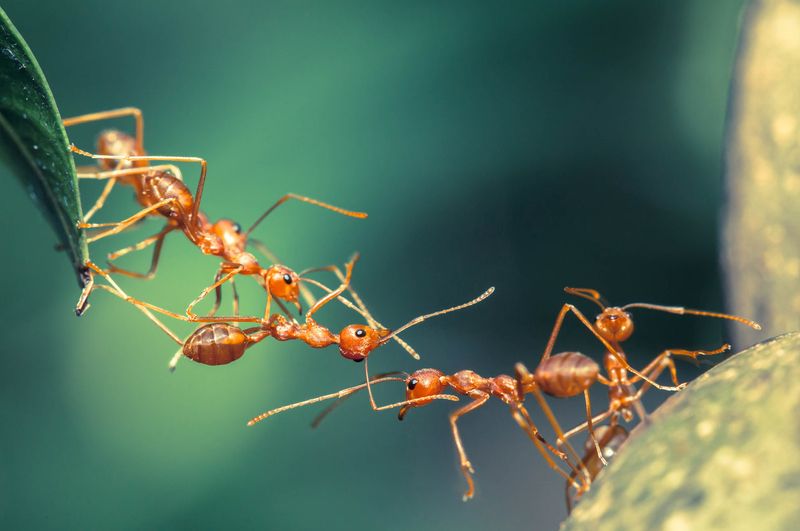
In the world of ants, every member has a specific role, much like the roles in human societies. The division of labor is not just a strategy but a necessity for survival. Workers build nests, soldiers defend, and the queen reproduces.
This specialization ensures efficiency, allowing tasks to be completed more effectively. Humans can take a leaf from the ants’ book, understanding how assigning roles based on skills can optimize productivity. This echoes the importance of teamwork and collaboration in achieving common goals. The ant’s structured approach serves as a model for effective human teamwork.
Communication Networks
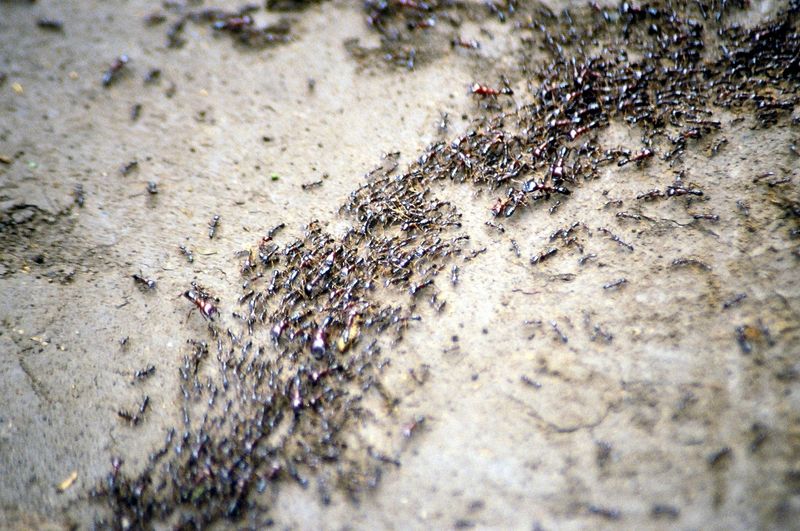
Ants communicate using chemical signals called pheromones, creating an intricate network of information. This method of communication ensures that each ant knows its role, its next task, and the location of resources.
The sophisticated communication system of ants mirrors human technologies like the internet and mobile networks, which provide continuous information flow. By studying ants, we can learn the importance of clear communication and how it enhances connectivity and cooperation. This natural network exemplifies the power of communication in maintaining organized societies.
Collective Decision-Making
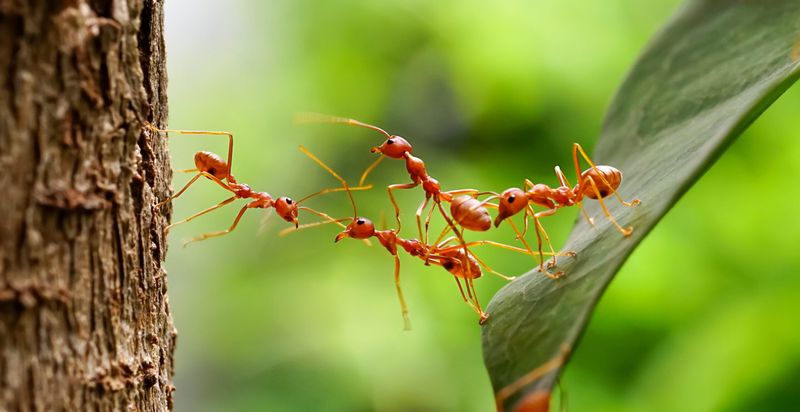
Ants exhibit a democratic form of decision-making, where group consensus is crucial. When choosing a new nest site or finding food, ants rely on collective input to reach a decision. This behavior highlights the strength of collaborative thinking, reflecting human democratic processes.
Understanding ant decision-making processes sheds light on the importance of listening to diverse opinions and reaching consensus for community benefit. This collective approach can enhance decision-making efficiency in human societies, emphasizing the power of unity and shared responsibility in achieving common objectives.
Building and Architecture
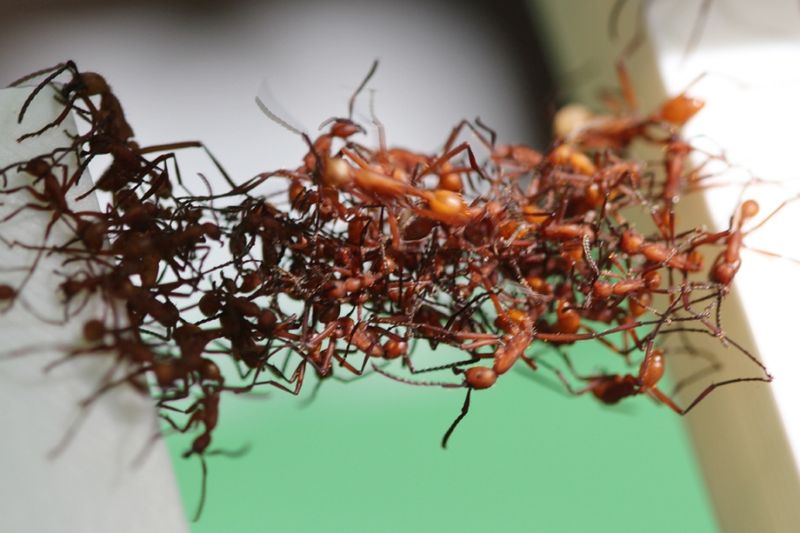
Ants are natural architects, constructing complex nests with ventilation systems and chambers. This architectural prowess mirrors human engineering, showcasing the ability to design and build functional habitats.
Ants use available resources efficiently, optimizing their structures for safety and comfort. Human architects and engineers can draw inspiration from ant colonies, learning how to maximize space and resource use. The innovative building techniques of ants highlight the importance of thoughtful design in creating sustainable living spaces that cater to the needs of the community.
Ecosystem Influence
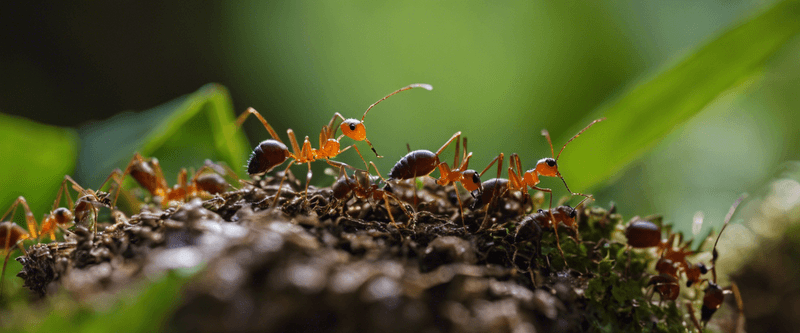
Ants play a significant role in maintaining ecological balance, much like humans influence their environment. Through activities like seed dispersal and soil aeration, ants contribute to ecosystem health and biodiversity.
Their role in the ecosystem reflects human responsibilities toward environmental stewardship. Observing ants reminds us of the impact our actions have on the planet and the importance of maintaining harmony with nature. Ants exemplify sustainable living by working with their environment rather than against it, inspiring humans to adopt more eco-friendly practices.
Ant Queens and Leadership
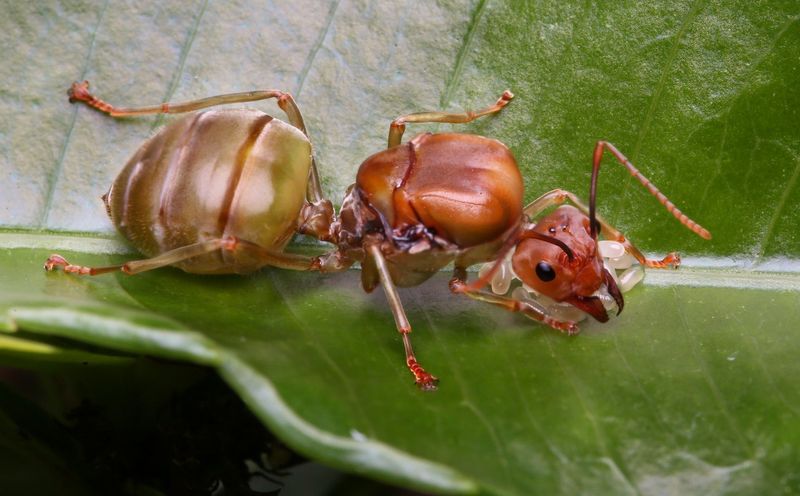
The ant queen is the heart of the colony, playing a pivotal role in reproduction and survival. Her leadership ensures the colony’s growth and stability, akin to human leadership roles in guiding communities.
The queen’s influence is not just about command but about nurturing and sustaining life. Human leaders can learn from ant queens, valuing the balance between authority and care. This model of leadership emphasizes the importance of guiding with empathy and vision to foster thriving communities.
Protection and Defense Mechanisms
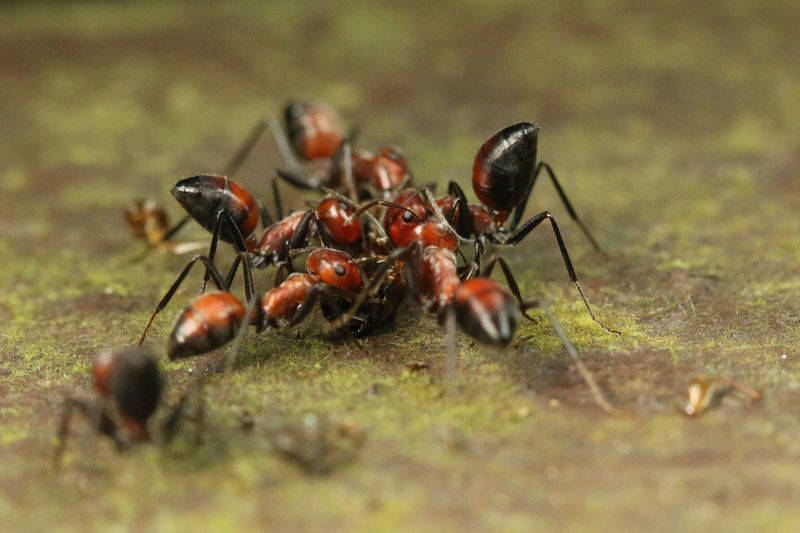
Ants have robust defense mechanisms, protecting their colonies with strategic coordination. Soldiers and workers collaborate to safeguard the nest, demonstrating teamwork and vigilance.
This protective behavior parallels human defense strategies, where communities unite to ensure safety. Ants teach us the value of preparedness and collective defense, highlighting how collaboration enhances security. Their defensive tactics inspire humans to adopt cooperative approaches in safeguarding societal well-being.
Adaptability and Resilience
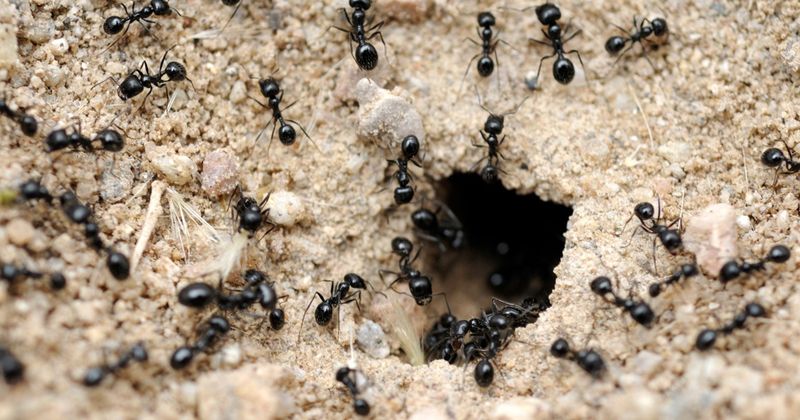
Ants are incredibly adaptable, capable of thriving in diverse environments by overcoming challenges with creativity and persistence. Their resilience is akin to human adaptability in the face of adversity.
By observing ants, we learn the importance of flexibility and determination in navigating life’s obstacles. Their ability to adjust strategies and persist despite difficulties provides a powerful lesson in resilience, inspiring humans to embrace change and push through hardships.
Symbiotic Relationships
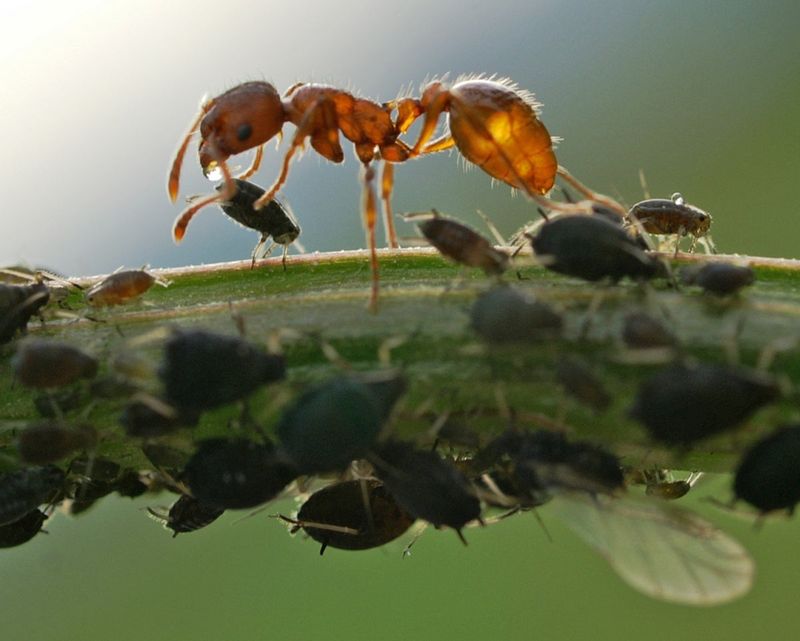
Ants engage in symbiotic relationships, such as with aphids, where both parties benefit. This mutualism mirrors human partnerships, where collaboration leads to shared success.
Through these interactions, ants demonstrate the importance of building relationships based on mutual benefit and trust. By studying ant symbiosis, we can learn to cultivate cooperative relationships that enhance our personal and professional lives. This practice of mutual aid and partnership underscores the value of cooperation in achieving common goals.

